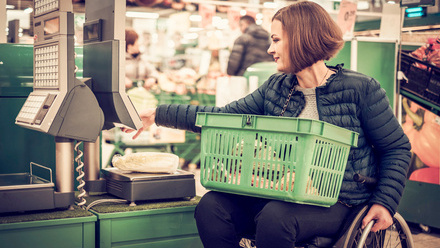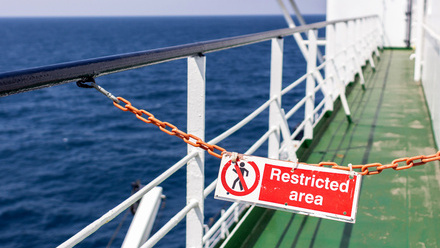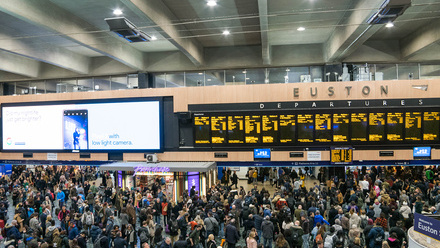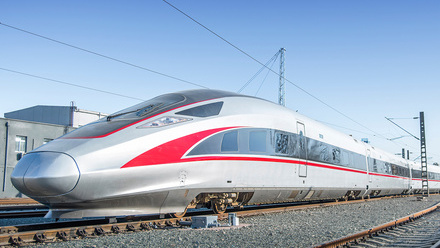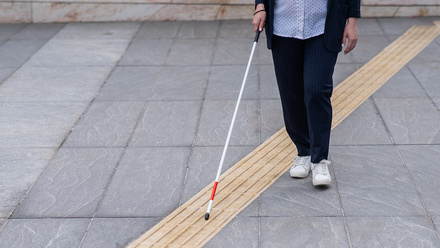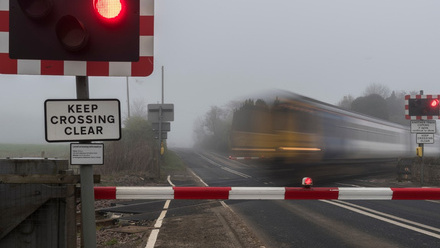On track for improvements
A new study highlighting danger areas at rail stations for passengers with mobility problems could held design safer transport systems. Researchers examined the locations and behaviour which were most likely to result in slips, trip and falls at stations and on trains.
Participants used public transport across three stations in Queensland, Australia, while wearing an eye tracker device which recorded their line of vision. They were watched by one of the researchers and later asked about their actions.
The dominant risky locations included the gap between the train and the platform and the area near obstacles. The riskiest behaviours identified by the study included “not looking straight ahead, looking up in a risky location and not looking at the gap between the platform and the train”.
The study, published in the journal Ergonomics, added: “Safe and accessible transport services connect people to opportunities and activities. Such services are fundamental to supporting and encouraging the inclusion, involvement, and participation of people in their communities. To reduce the risk and potential for slips, trips and falls, we suggest that transport operators can do more to support the mobility needs and, ultimately, the quality of life of people with reduced mobility.”

